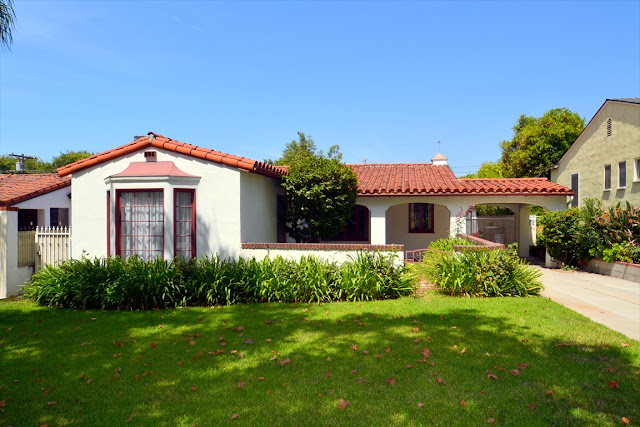Transient Communities: A Search for Identity through Ethnicity (page 12)
In the traditional context, Viduthis were affiliated to village temples with religious attributes and were integral parts of Chettiar community life and local governance, whereas in the new place of residence, the Viduthis Were primarily established as places of transit accommodation for Chettiars facilitating and establishing trade links. As business and devotion to gods were in dissociable components of Nagarathar life, Viduthis built by this transient community accommodated shrines within them incorporating the religious attribute within it as a secondary function. Amongst these changes, there is continuity in characterisation of the spaces and the choreography of spatial
rganisation in the Viduthis at Chennai. There also exists a commonality in the architectural vocabulary based on basic modules of intercolumniation, Spatial organisation and its Secuence, Characterisation of spaces, traditional materials, techniques of construction and details used, principles of axis, symmetry, rhythm, hierarchy and polarity.
These Viduthis function as large-scale social, economic and religious institutions enabling the continuation of common cultural traditions. The Continuum in establishing an ethnic identity persists in the celebration of festivals to gods and ritual ceremonies to satisfy spiritual needs while engaging in associated activities like cooking and free feeding (performing annadanam). These activities not only engage the Chettiars but other communities who also form part of the urban social fabric. Therefore, though the transient members of the chettiar community were organised in the city on the basis of a common culture and were characterised by face-to-face interaction within the group, the religious activities give them a platform to connect with other community groups.
This is vividly demonstrated through religious processions, which connect the Viduthis on coral Merchant street with that of Thiruvottriyur establishing a sacred geography, which has persisted in spite of changes in the physical and social fabric of the city. Such changes today have relegated lodging as a secondary function with worship as the primary function and the mainstay of the Viduthis. Therefore, as Roxanna Waterson discusses, tradition like history is continually recreated and remodelled in the present, we see the Viduthi as a social institution accommodating change to suit the present Context within the changing urban fabric and emerging as a sustainable institution simulating and keeping alive the traditions and culture of the place of origin.
The End.




Comments
Post a Comment